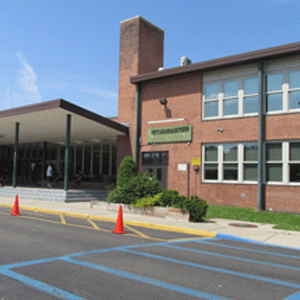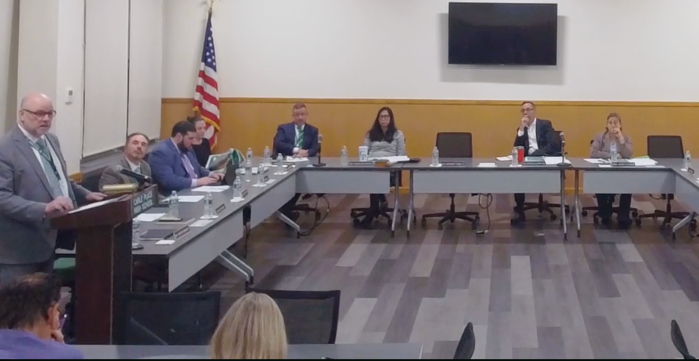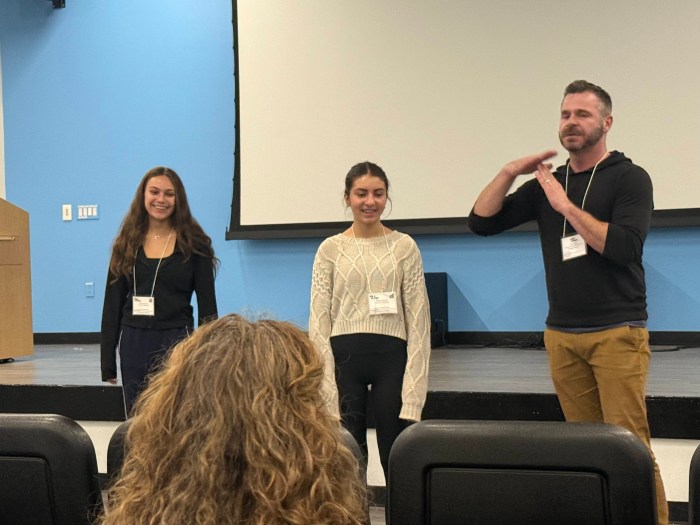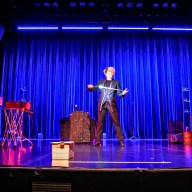Carle Place students are way ahead of the curve according to the results of an international assessment that measures reading, math and science skills.
The district was one of a handful on Long Island to participate in PISA (Program for International Student Assessment) testing, an international assessment that measures 15-year-old students’ reading, mathematics, and science literacy. The test compares how well students are doing compared to their peers around the globe. Carle Place students scored exceptionally high compared to their peers nationally and abroad in countries such as Germany, the United Kingdom and Australia.
 A group of approximately 75 15-year-old students were randomly selected by the testing company to take the test in 2013-14. The test was comprised of a math, science and reading section. Shanghai came in first in all three categories, with Hong Kong and Singapore coming up either second or third. But Carle Place wasn’t far behind.
A group of approximately 75 15-year-old students were randomly selected by the testing company to take the test in 2013-14. The test was comprised of a math, science and reading section. Shanghai came in first in all three categories, with Hong Kong and Singapore coming up either second or third. But Carle Place wasn’t far behind.
In reading, Carle Place scored a mean score of 535, just a few points behind Shanghai’s 570 and above the United States score of 498. In math the district got a 530, behind Shanghai’s 613 and ahead of the nation’s 481. In science, Carle Place got a 543; close behind Shanghai’s 580 and above the nation’s 497.
“It was nice to see how well we scored. I’m really proud of our results. It shows that we are helping create kids who are good critical thinkers and problem solvers and ready to participate in the world fully,” said Christine Finn, Assistant Superintendent for Instruction and Personnel.
While school districts are typically wary of adding more testing, Carle Place superintendent Dave Flatley says that PISA testing offers a unique look into how the district is doing.
“This is an assessment of the school district, not of individual students. Part of the power of this process is the notion that we can get a good understanding of the level of student achievement by testing a random sample of 15-year olds rather than having to test every student,” Flatley says.
The assessment not only included regular test questions but also a student survey which asked students questions regarding the workings of the classroom and teachers, home life, and libraries. The results were revealed to the district in a detailed 160-page report released by the Organization for Economic Cooperation and Development (OECD), the international forum that administers the test every three years. Flatley said the results provided an “important set of new understandings about our schools.”
“The test allows us to gather information about the culture and climate of our building in a way that other tests cannot measure,” says Flatley. “It is apparent that our students achieve at a level that is competitive with the best performing school systems in the world. Secondly, we have learned that students feel safe in their learning environment, and that their relationships with our professional faculty is exemplary.”
Questions on PISA assessments differ from other standardized tests as students are asked to apply what they know to a range of problems. Other than right/wrong questions, students must solve more complex, problem-based questions.
“I believe that what our institutions of higher education and our employers are looking for are people who can work together to solve problems,” noted Flatley. “Search engines can find information for us. We need students who can evaluate the information they retrieve, integrate it with other sources and apply it to novel situations. These skills cannot be measured in a valid and reliable manner through the current tests offered by our state or federal departments of education.”



































